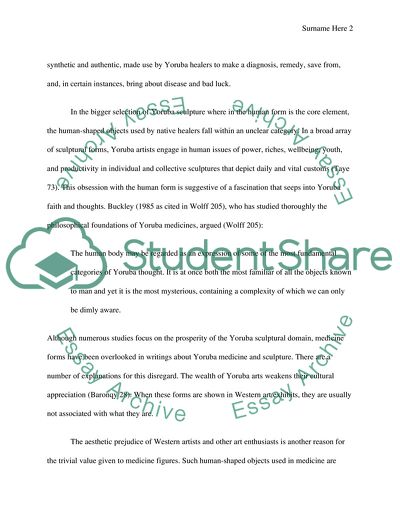Cite this document
(Originality of Yoruba Culture Research Paper Example | Topics and Well Written Essays - 1250 words, n.d.)
Originality of Yoruba Culture Research Paper Example | Topics and Well Written Essays - 1250 words. https://studentshare.org/culture/1799644-yoruba-culture
Originality of Yoruba Culture Research Paper Example | Topics and Well Written Essays - 1250 words. https://studentshare.org/culture/1799644-yoruba-culture
(Originality of Yoruba Culture Research Paper Example | Topics and Well Written Essays - 1250 Words)
Originality of Yoruba Culture Research Paper Example | Topics and Well Written Essays - 1250 Words. https://studentshare.org/culture/1799644-yoruba-culture.
Originality of Yoruba Culture Research Paper Example | Topics and Well Written Essays - 1250 Words. https://studentshare.org/culture/1799644-yoruba-culture.
“Originality of Yoruba Culture Research Paper Example | Topics and Well Written Essays - 1250 Words”. https://studentshare.org/culture/1799644-yoruba-culture.


